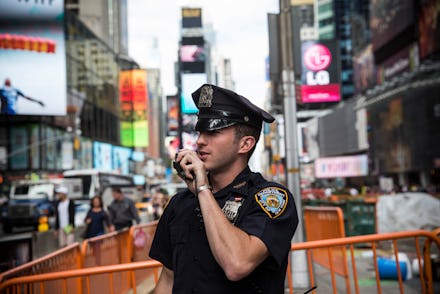Police Use Stingray Devices to Track Entire Neighborhoods — And It’s Unconstitutional

There's a device police can use called a "Stingray," a heavy metal cell-tower-in-a-box that they can drive around in a van and sweep up phone signals in a surrounding area. And if you think that kind of warrantless search — which can reach through walls to monitor someone's whereabouts — sounds a little unconstitutional, you're right.
The Maryland Court of Special Appeals upheld a ruling on Wednesday that cements a vital precedent into law from here on out: Using a Stingray without a warrant is cleanly unconstitutional. Stingrays can pull off a number of surveillance feats, like tracking your GPS location.
The court suppressed evidence gathered by Baltimore police using a Stingray, saying that it was a violation of the Fourth Amendment, the same way that attaching a GPS tracker to someone's car for weeks and following their position on a map is a violation.
Phantom menace: Hardly anyone knows anything about Stingrays. Based on leaked documents and various Freedom of Information Act requests, we know that they come in a variety of expensive makes and models, and that they catch and intercept mobile communications by pretending to be your local cell tower.
Stingrays also have secret service codenames, such as Radiance, Windjammer and Blackfin.
But if you go asking a police department about how they use Stingrays, or if they even have one, you could find yourself stonewalled. And if you request information from a local police department, the FBI can step in to run interference.
It was only just revealed that in New York City, police have deployed Stingrays over 1,000 times since 2008 without even having a written policy outlining how they should be used (in Baltimore's case, it was over 4,300 times since 2007).
So while the ruling in Maryland is a landmark legislative move that will potentially reel back the widespread use of Stingrays, it only goes so far to stem a tide we can't see.